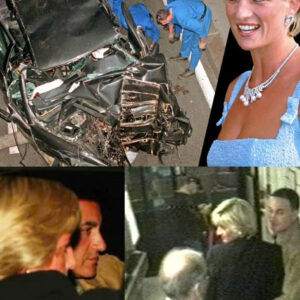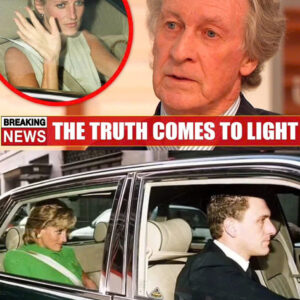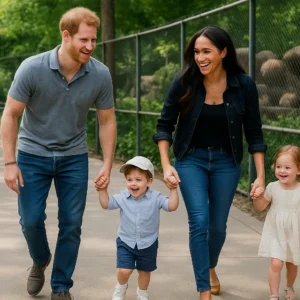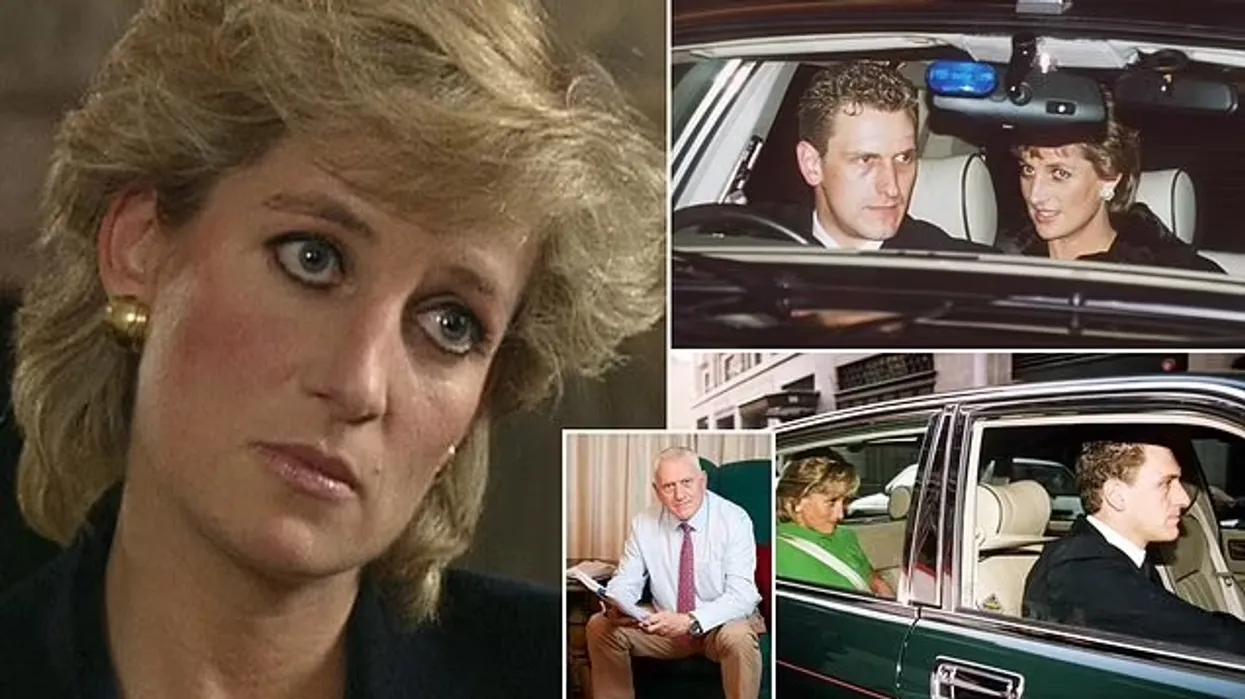
In a stunning turn of events that has reignited one of the world’s most enduring mysteries, a previously unknown witness has come forward after nearly three decades in the shadows to shed light on the tragic car accident that claimed the life of Princess Diana on August 31, 1997. The crash, which occurred in Paris’s Pont de l’Alma tunnel, has long been shrouded in controversy, with official reports attributing it to a combination of high speed, paparazzi pursuit, and the driver’s intoxication. However, this new testimony introduces a chilling element: a blinding flash resembling a stun grenade that allegedly disoriented the driver, Henri Paul, leading to the catastrophic collision.
The witness, who claims to have been in the vicinity of the tunnel that fateful night, describes a harrowing 12-second sequence that unfolded like a scene from a thriller. According to their account, just moments before the Mercedes S280 carrying Diana, her companion Dodi Fayed, and bodyguard Trevor Rees-Jones slammed into the 13th pillar, something extraordinary happened. “They say that something like a stun grenade was released, causing the driver to be blinded,” the witness recounted, painting a picture of chaos and confusion. This flash, bright and sudden, reportedly overwhelmed Paul’s vision, forcing the vehicle to veer uncontrollably at speeds exceeding 100 km/h. The result was instantaneous devastation: the car crumpled against the concrete, killing Paul and Fayed on impact, while Diana succumbed to her injuries hours later at Pitié-Salpêtrière Hospital.
This revelation echoes longstanding conspiracy theories that have persisted since the accident. Skeptics have often pointed to inconsistencies in the official narrative, such as the role of a white Fiat Uno that allegedly clipped the Mercedes before vanishing, or the unusually high levels of carbon monoxide found in Paul’s blood, which some argue could indicate foul play.
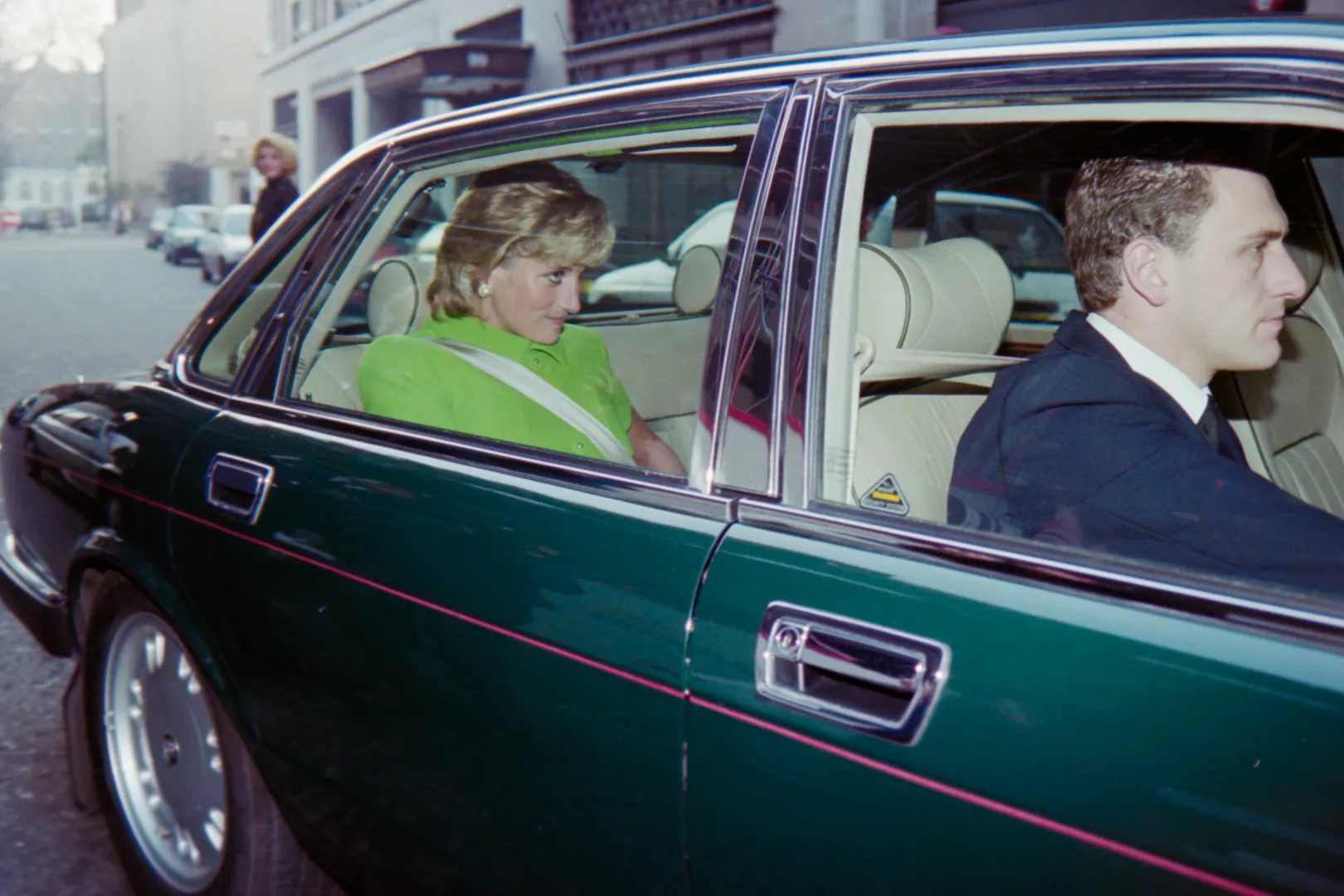
The witness’s story aligns with earlier reports of a “major white flash” observed by other motorists, suggesting the possibility of deliberate interference. Could this have been a sophisticated device, akin to a flashbang used in military operations, deployed to incapacitate the driver? Proponents of such theories speculate involvement from powerful entities unhappy with Diana’s high-profile romance or her campaigns against landmines, though no concrete evidence has ever surfaced to support assassination claims.
Diana, the “People’s Princess,” was at the peak of her post-royal life, having divorced Prince Charles the previous year. Her death at age 36 sent shockwaves globally, prompting unprecedented mourning and scrutiny. Investigations by French authorities and a British inquest in 2008 concluded it was an accident, blaming Paul’s alcohol consumption and the relentless chase by photographers on motorcycles. Yet, the witness’s emergence challenges this closure, urging a reexamination of the timeline. In those critical 12 seconds, the car accelerated, swerved, and crashed—details that now include this alleged blinding agent, potentially explaining why an experienced driver like Paul lost control so abruptly.
The implications are profound. If true, this could unravel the accident’s accepted cause, pointing to sabotage. The witness, motivated by a desire for truth after years of silence, hopes their testimony will prompt renewed inquiries. As the 30th anniversary approaches, public interest surges, with documentaries and books revisiting the event. Diana’s legacy—as a humanitarian, mother to Princes William and Harry, and symbol of compassion—remains untarnished, but questions linger. Was it mere tragedy, or something more sinister? This bombshell ensures the debate will rage on, keeping the memory of that fateful night alive in the collective consciousness.
